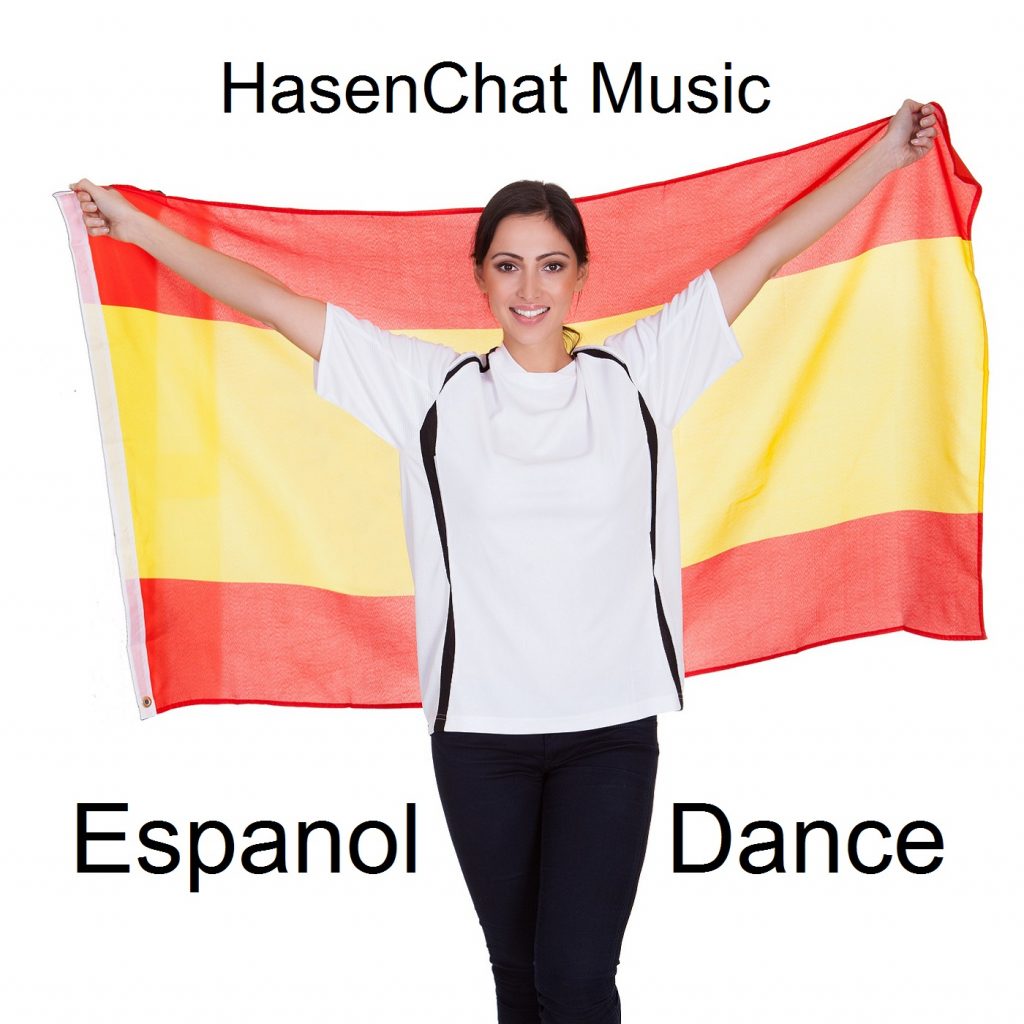
«Dance» music in the context of the Spanish-speaking world typically refers to electronic dance music (EDM) or música electrónica. Spanish-speaking countries, including Spain and Latin American nations, have vibrant EDM scenes that encompass various electronic music subgenres. Here are some key points about dance music in the Spanish-speaking world:
1. Latin Influence: In Latin America, dance music often incorporates elements of traditional Latin music genres such as salsa, merengue, reggaeton, and cumbia. This fusion of electronic and Latin rhythms creates a distinct and energetic sound.
2. Reggaeton: Reggaeton, a genre characterized by its blend of hip-hop and dancehall rhythms, originated in Puerto Rico and has become immensely popular across the Spanish-speaking world. It often features catchy beats and lyrics in Spanish.
3. Latin Dance Festivals: Latin American countries host numerous EDM and dance music festivals, such as the Ultra Music Festival in Miami, which attracts both local and international DJs and enthusiasts.
4. Spanish DJs and Producers: Spain has a thriving EDM scene with DJs and producers like David Guetta, DJ Nano, and others contributing to the global dance music landscape. Ibiza, a Spanish island, is renowned as a global EDM hub.
5. Reggaeton Stars: Artists like Daddy Yankee, J Balvin, Maluma, and Bad Bunny have gained international fame for their contributions to the reggaeton and Latin dance music scenes.
6. Latin Pop-Dance Crossovers: Many Latin pop artists incorporate dance and electronic elements into their music, creating a fusion of pop and EDM. This crossover has resulted in chart-topping hits.
7. Electronic Festivals: Spain hosts major electronic music festivals like Sónar Festival (Barcelona), A Summer Story (Madrid), and Medusa Sunbeach Festival (Cullera), which attract EDM enthusiasts from around the world.
8. Traditional Instruments: Some dance music in the Spanish-speaking world incorporates traditional instruments, adding a unique cultural dimension to the music.
9. Online Streaming: Spanish-speaking artists and listeners actively engage with dance music on streaming platforms like Spotify and YouTube, making it accessible to a global audience.
10. Dance Styles: Dance styles like salsa, tango, and bachata are closely associated with Latin American music and dance culture and are often incorporated into EDM remixes and dance music.
Dance music in the Spanish-speaking world continues to evolve, with artists and producers combining modern electronic elements with traditional Latin rhythms to create a diverse and dynamic music scene. It remains an integral part of the cultural and musical identity of Spanish-speaking nations.